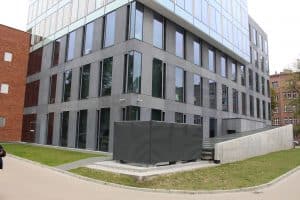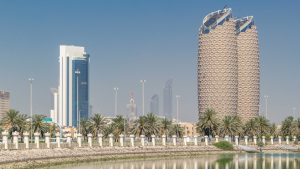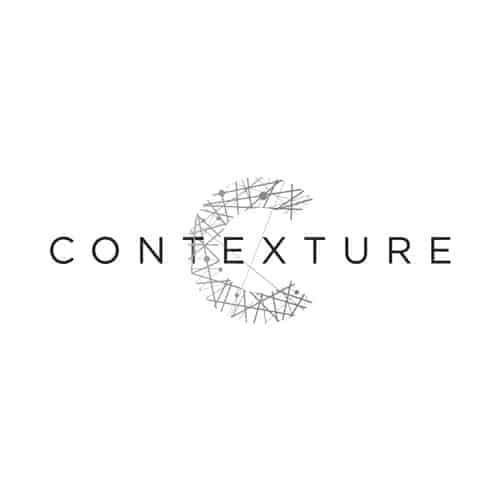In architectural design, versatility is an important consideration, especially when it comes to building materials. Concrete cladding is a popular choice for building projects due to its versatility, offering a range of benefits that make it a cost-effective and versatile solution. In this article, we will explore the versatility of concrete cladding panels, discussing the different shapes, sizes, textures, and colors that can be achieved with these panels.
Shapes and Sizes
One of the biggest advantages of concrete cladding is its versatility in terms of shapes and sizes. Concrete cladding panels can be manufactured in a range of shapes and sizes, making it easy to fit the panels into the design of your building. In addition, concrete cladding panels can be easily cut and drilled to fit into the design of your building, making it a versatile solution for your building project.
Textures
Another advantage of concrete cladding is its versatility in terms of textures. Concrete cladding can be manufactured with a variety of textures, including smooth, rough, and textured finishes. This versatility in textures makes concrete cladding a great choice for building projects that require a specific texture or look, as well as for projects that require a more subtle, understated finish.
Colours
Concrete cladding also offers versatility in terms of colors, as concrete cladding can be manufactured in a range of colors, including natural colors and custom colors. This versatility in colors makes concrete cladding a great choice for building projects that require a specific color, as well as for projects that require a more neutral or subtle finish.
Case Study: The Benefits of Concrete Cladding for Commercial Buildings
One example of a commercial building that demonstrates the benefits of concrete cladding is the National Museum of the American Indian in Washington, D.C. The National Museum of the American Indian is a four-story, 170,000 square foot building that showcases the rich cultural heritage of Native American peoples.
The National Museum of the American Indian features a number of benefits of concrete cladding, including:
- Shapes and Sizes: The concrete cladding panels used in the construction of the National Museum of the American Indian were manufactured in a range of shapes and sizes, making it easy to fit the panels into the design of the building.
- Textures: The concrete cladding panels used in the construction of the National Museum of the American Indian were manufactured with a variety of textures, including smooth, rough, and textured finishes, making it a versatile solution for the building.
- Colours: The concrete cladding panels used in the construction of the National Museum of the American Indian were manufactured in a range of colors, including natural colors and custom colors, making it a versatile solution for the building.
Conclusion
Concrete cladding is a versatile and cost-effective solution for architectural design, offering a range of benefits for commercial and residential buildings. From its versatility in terms of shapes and sizes, to its versatility in terms of textures and colors, concrete cladding provides a solution that is both functional and aesthetically pleasing.
The National Museum of the American Indian is just one example of the benefits of concrete cladding for commercial buildings. With its combination of shapes and sizes, textures, and colors, the National Museum of the American Indian demonstrates the potential of concrete cladding to contribute to the success of commercial building projects.
In conclusion, whether you are designing a commercial or residential building, concrete cladding offers a versatile and cost-effective solution that is sure to meet your needs.





